The only thing I knew about Utah is that Donny and Marie Osmond come from there and they are Mormons. However, I was intrigued by Salt Lake City and Utah and wanted to learn more so when a “Northern National Parks” escorted tour came to my attention, I went for it.
Our first stop was Salt Lake City where we stayed in the Radisson Hotel Salt Lake Downtown for two nights. The location was perfect, within walking distance of Temple Square.
Salt Lake City is the capital and most populous city of Utah with a population of 200,567.
While the granite Mormon temple anchors the city as a focal and geographic center of the city, Salt Lake City stands out as a thriving hub of business, culture and innovation. It has proximity to 5 National Parks, skiing, and outdoor activities. Also, it has performance arts venues, professional and college sports teams, a brew and distilling culture, plus award-winning culinary offerings. All this makes Salt Lake City a great place to visit.
Temple Square
Temple Square is the most visited attraction in Utah, with an estimated 3 to 5 million visitors each year. It is a 10-acre complex, owned by The Church of Jesus Christ of Latter-day Saints, in the center of Salt Lake City, Utah.
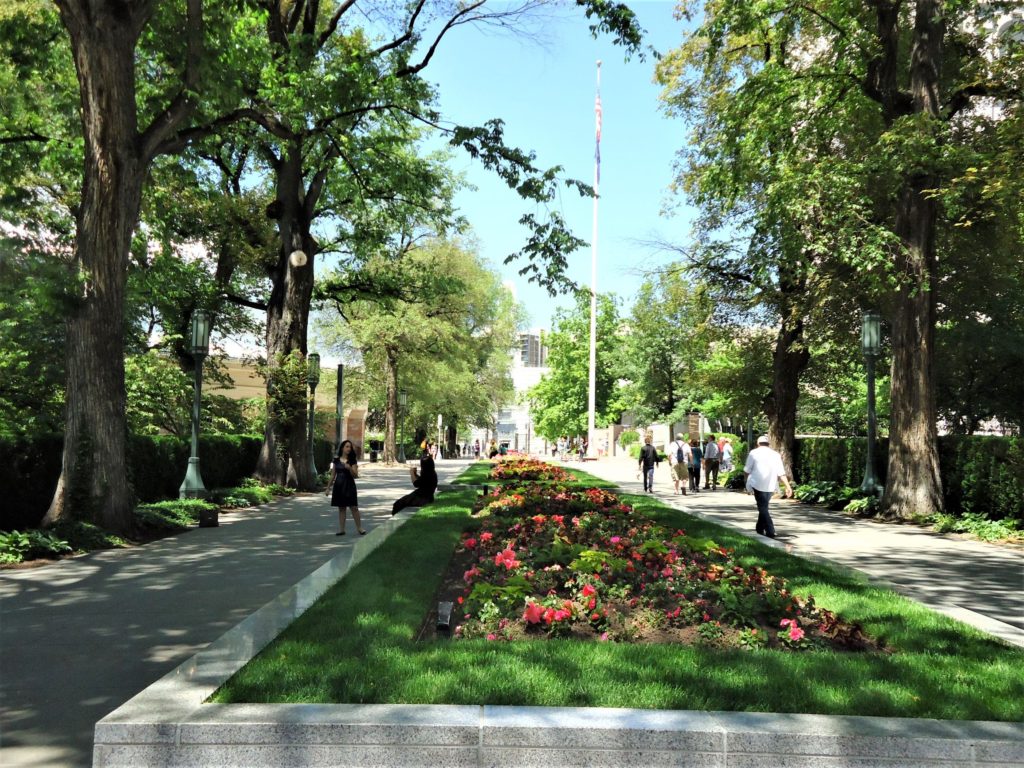
Temple Square originally referred to the single square block on which the temple stood, but today it refers to a 35-acre area, including the original block in which the temple, tabernacle, assembly hall, and visitors’ centers are located.
During the spring and summer, the gorgeous gardens, flowers, and landscaping are reason enough to stroll through the grounds. The holiday lights adorning Temple Square attract tens of thousands of visitors from Thanksgiving to New Years’.
Salt Lake Temple
The Salt Lake Temple is now closed for its 4-year renovation (January 2, 2020 – 2024), but the majority of Temple Square is still open and thriving. Free tours of the grounds, Conference Center, and historical residences are available in over 40 languages.
The Church of Jesus Christ of Latter-day Saints has 224 temples around the world, including 96 in the United States, which are used for weddings and other ceremonies. While the church’s regular Sunday services at meetinghouses are open to the public, the temples allow entrance only to baptized members of the church.
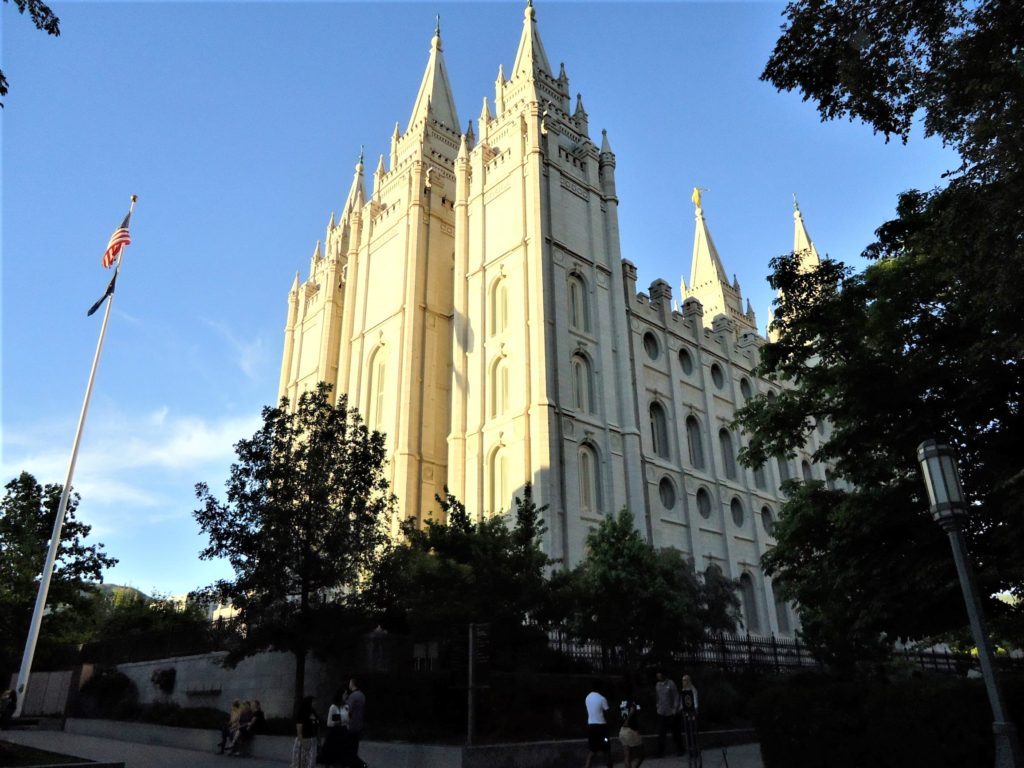
South Visitor Center
The South Visitors’ Center focuses on the temple. Here we were able to interact with a scale model of the Salt Lake Temple and view the intricate details of each room. We also found out why it took 40 years to build the temple. (They had to bury it for a while to avoid destruction from an oncoming army)
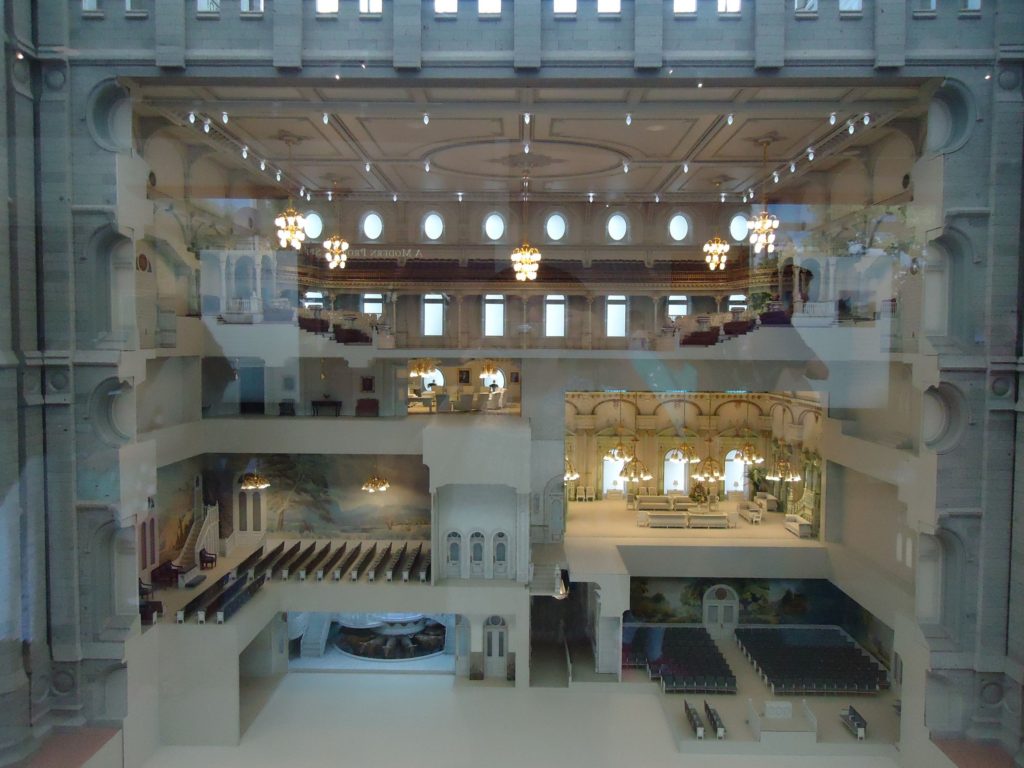
North Visitor Center
Here we viewed the outstretched arms of Thorvaldsen’s Christus, a magnificent 11-foot statue of the Savior. We also saw displays of equipment used by the early settlers.
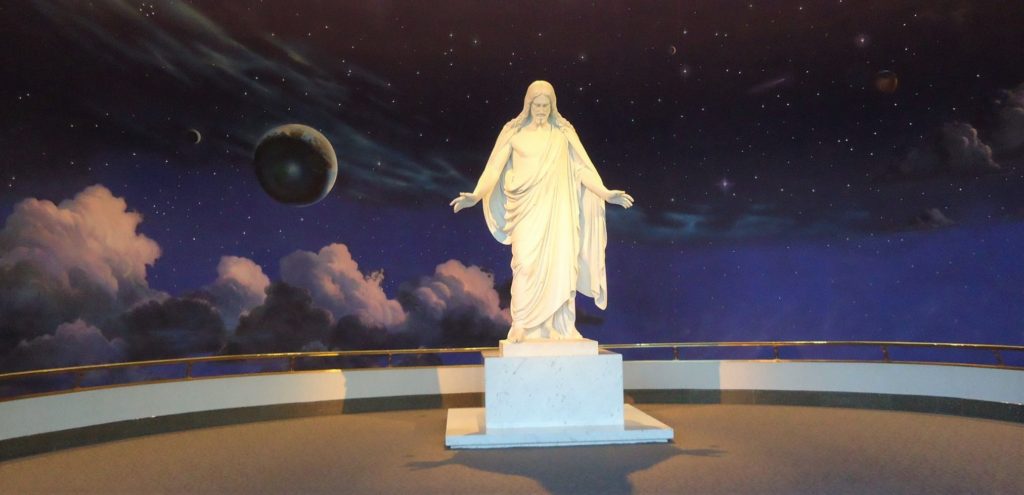
Mormon Volunteers
We found Mormon volunteers stationed throughout Temple Square. At first, I tried to avoid them for fear they would try to convert me to their religion. But as it turned out, volunteering at Temple Square was just one of the ways they can meet the requirements of their religion. These guides were happy to answer questions but only if directly asked. There were many places that required a guide to enter. The volunteer guides escorted us to the sites but always remained on the side unless we asked a question. They gave us as much history and information about their faith as we wanted to know as long as we were interested. I left with a very positive image of the Mormons and their religion.
Gardens
Awe-inspiring flowers and foliage surround the 35 acres of the headquarters of The Church of Jesus Christ of Latter-day Saints. These include 250 flower beds, more than 165,000 bedding plants, and over 700 varieties of plants from all over the world. Hundreds of volunteers redesign and replant the gardens every six months.
Tours
They offer free one-hour tours from April through September. These include the Church Office Building Plaza, the gardens surrounding the Joseph Smith Memorial Building, the Lion House, the Beehive House, and the Conference Center roof gardens.
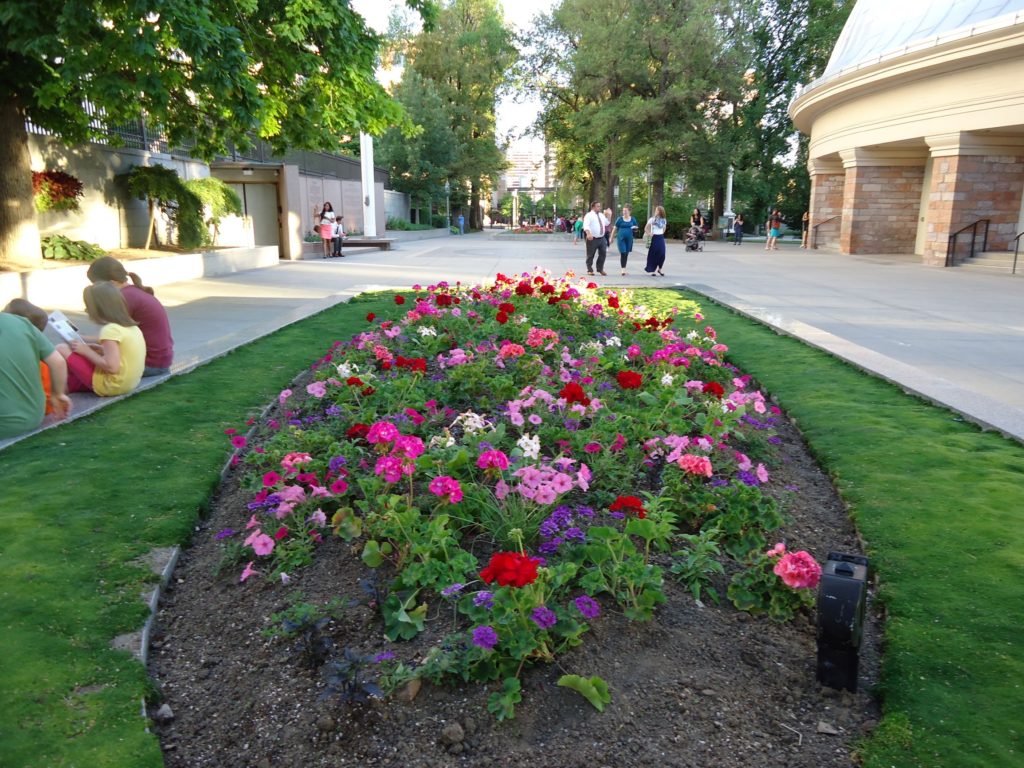
It is so relaxing walking through the gardens in Temple Square!
Mormon Conference Center & Roof Top Garden
The gorgeous rooftop garden is a must see at the Conference Center across the street.
The Mormon Conference Center Roof Garden (4 acres) imitates native grassland, with wildflowers and water channels.



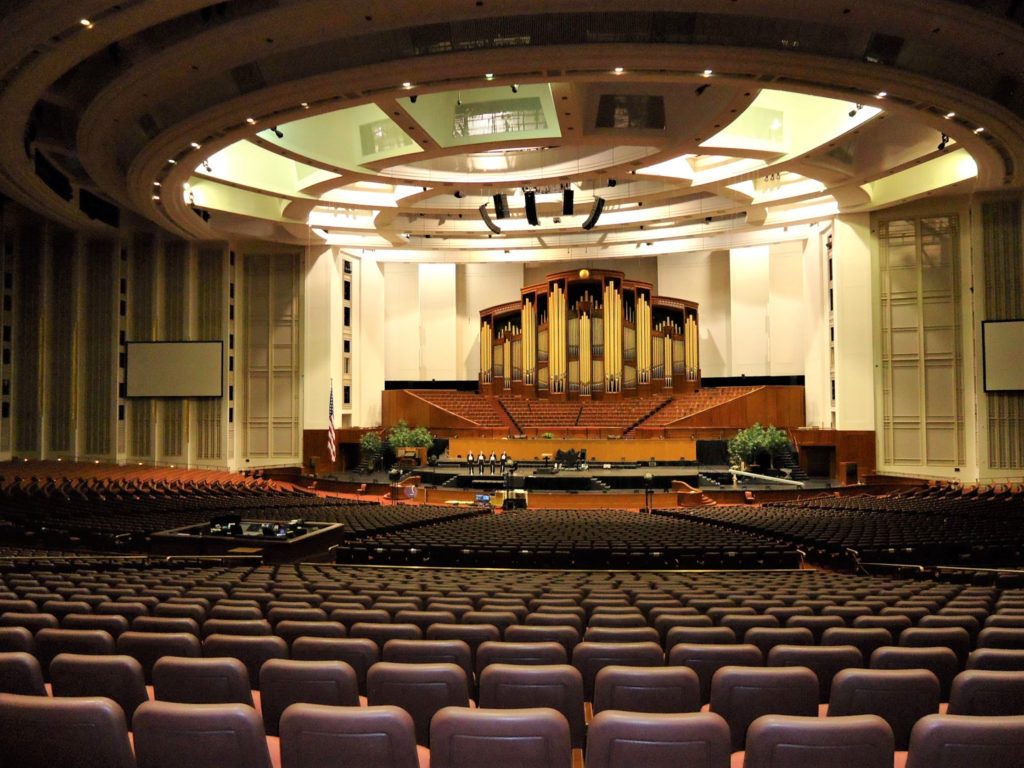
The 1.4 million square foot conference center auditorium seats 21,000 in its main auditorium! The auditorium is large enough to hold two Boeing 747s side by side. All seats in the audience have an unobstructed view of the pulpit because the roof is held up by radial trusses.
Salt Lake Tabernacle (Mormon Tabernacle)
Tours of the Salt Lake Tabernacle are free, and you can time your visit to catch a live performance by one of the most recognized and beloved choirs in the world, the Mormon Tabernacle Choir. Visitors can listen to the choir practice on Thursday evenings or attend a live Sunday morning broadcast.
We were not there during those practice times but we were able to hear the men’s choir perform in the Assembly Hall. It sounded beautiful!
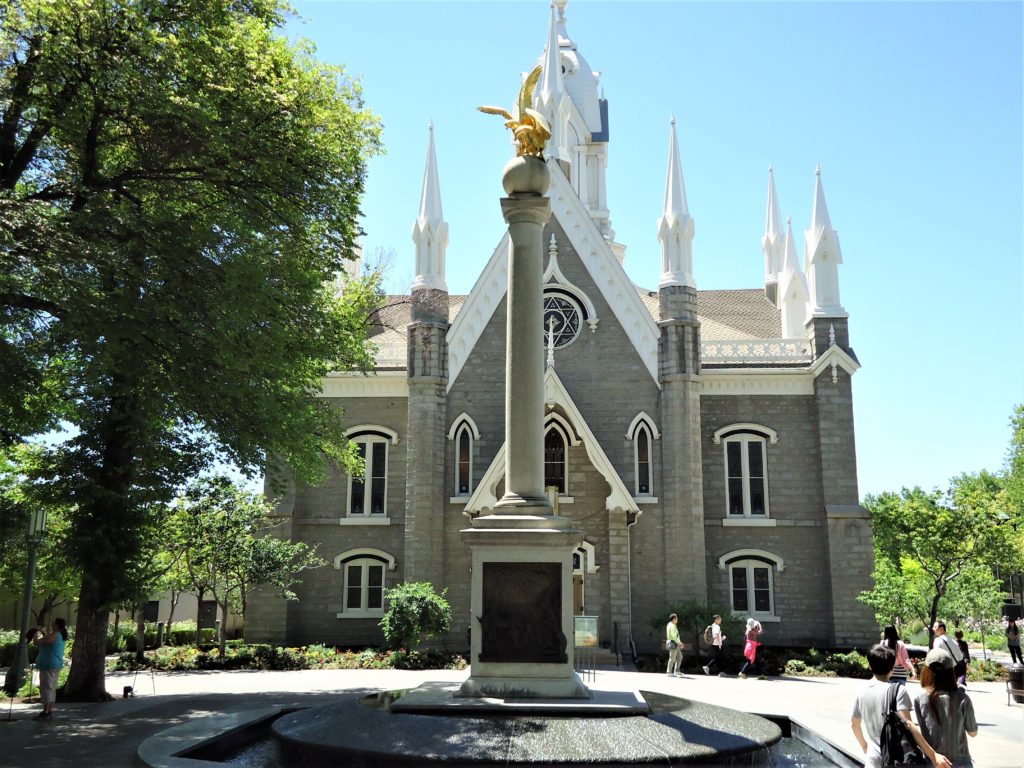
Joseph Smith Memorial Building
The Joseph Smith Memorial Building, originally called the Hotel Utah, is named in honor of Joseph Smith, the founder of the Latter-Day Saint movement. It is now a social center with three restaurants.
It is also a venue for events complete with 13 banquet rooms, catering services, event coordinators and a full-service floral department called Flowers Squared. Several levels of the building also serve as administrative offices for The Church of Jesus Christ of Latter-day Saints (LDS Church) and departments such as Family Search. On January 3, 1978, it was added to the National Register of Historic Places as the Hotel Utah.
Family Search Center
One of the most popular activities available at Temple Square is Family History research. For beginners, the Family Search Center is staffed with volunteers who can assist you in getting started. For more in-depth research, the Family History Library has more than 2.4 million rolls of microfilmed genealogical records. It’s supposed to be the world’s largest genealogical repository but I wonder how it compares to Ancestry.com.
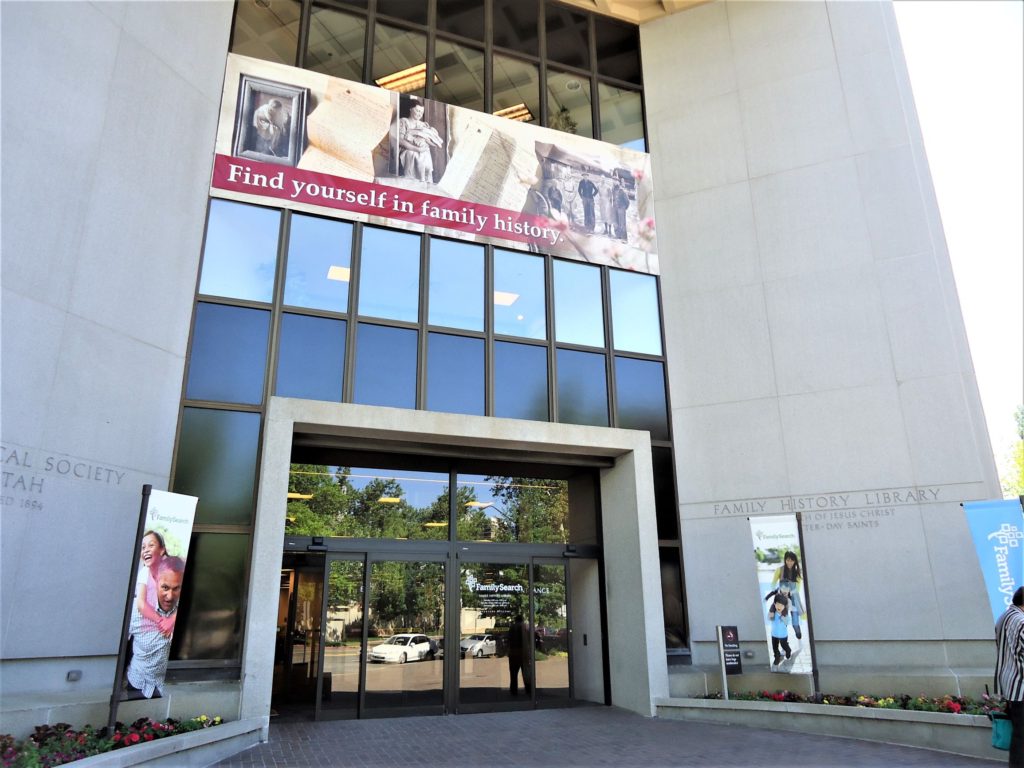
City Creek Center
Located across from Temple Square and other tourist attractions, City Creek Center offers a mix of luxury retailers, unique-to-market stores and a variety of dining options.
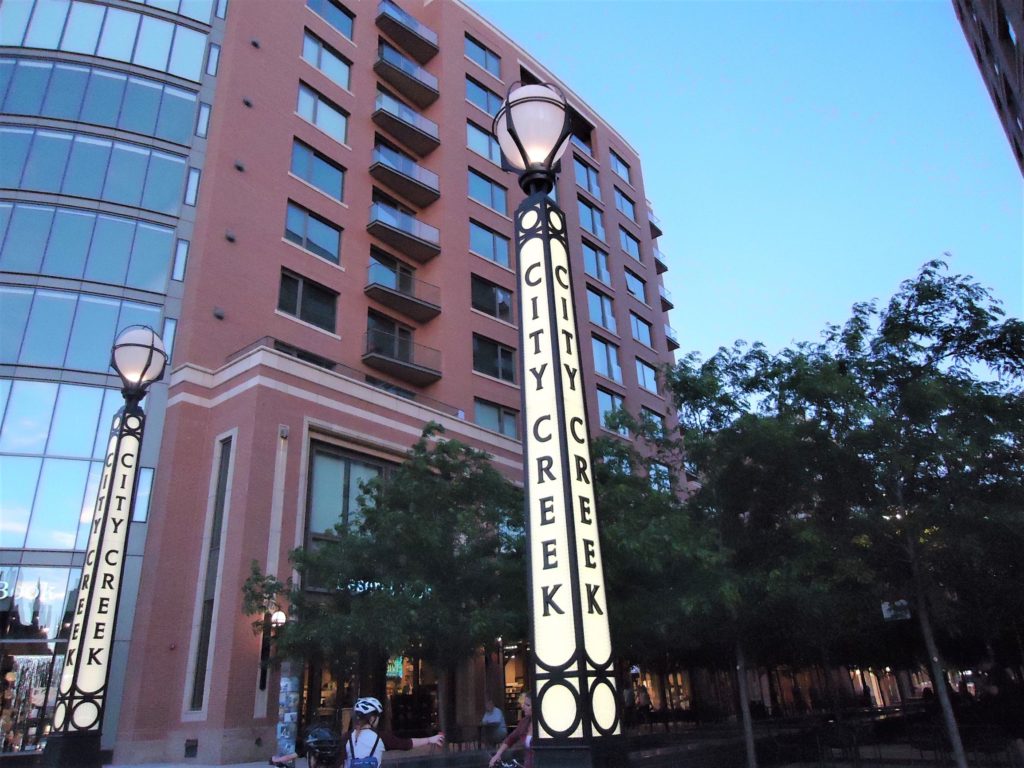
City Creek Center is a must-see attraction, with a fully retractable glass roof that opens and closes, unique to any shopping center in the United States. A pedestrian sky bridge over Main Street unifies the center on two city blocks. Water features include a creek that runs through the center and a fish pond with local trout and waterfalls. The America First Credit Union Fountain offers hourly shows and feature shows with three choreographed songs at 7 pm and 9 pm. Fire elements are added to the fountain shows after dusk.
Utah State Capitol
For over a century, the State Capitol has been one of Utah’s most prominent landmarks.
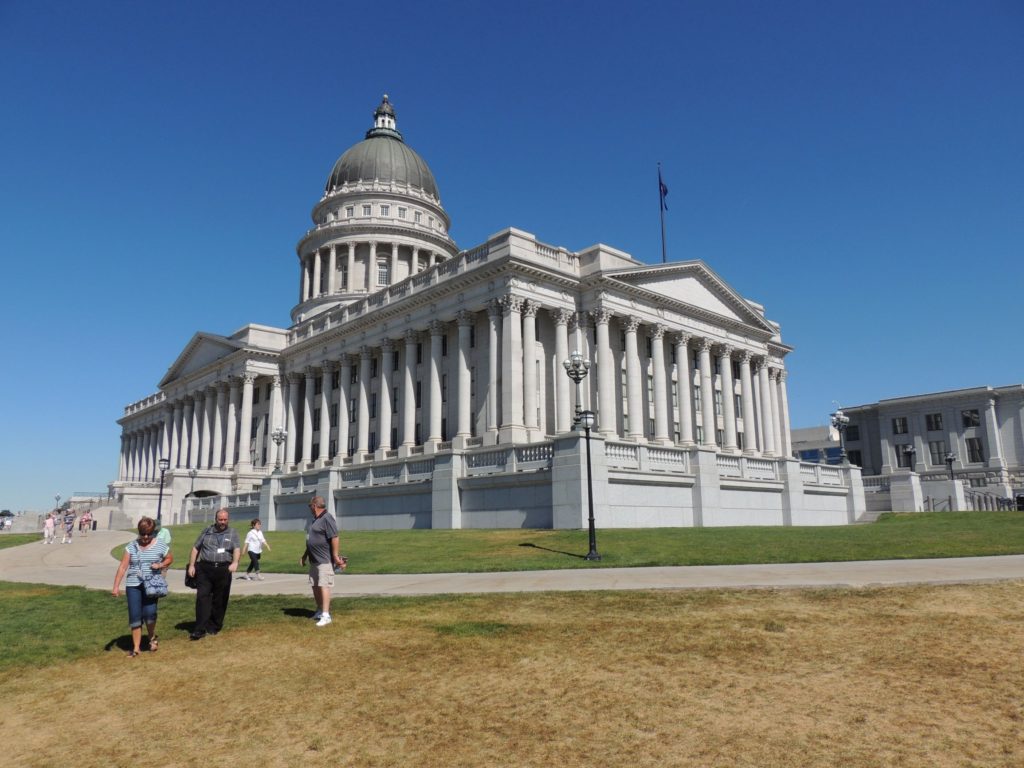
The 2004–2008 Capitol restoration project dramatically changed the grounds. Today, they more closely honor Richard K.A. Kletting’s original plans for the area. The Capitol Hill includes six buildings; sprawling lawns; a central plaza with a reflecting pond; a .7-mile circular walkway boasting 433 Yoshino cherry trees; and a broad collection of monuments, plaques, and statuary.
The fourth floor was reclaimed according to the original plans, and it now includes an expansive gallery space overlooking the rotunda. The gallery features rotating exhibits relating to Utah’s history and heritage.
“This is the Place” Heritage Park
Located just 15 minutes from downtown Salt Lake City, “This Is The Place” Heritage Park is one of the premier attractions west of the Mississippi.
The “This is the Place” Monument is named in honor of Brigham Young’s famous statement in 1847 that the Latter-day Saint pioneers should settle in the Salt Lake Valley.
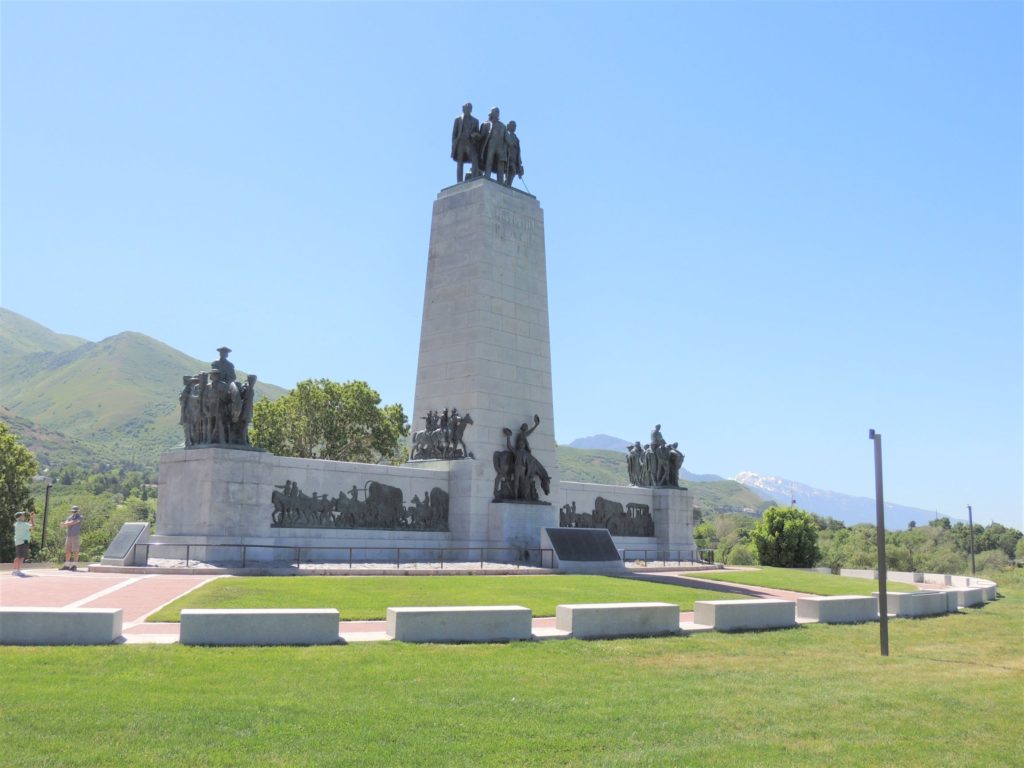
It encourages visitors to step back in time and see Utah during its early settlement stages. The experience at this family-friendly attraction is educational, entertaining, and non-denominational.
Led by a man named Brigham Young, pioneers arrived in the Great Salt Lake valley on July 24, 1847. Brigham Young, who was suffering from altitude sickness, looked out at the valley from the back of his wagon and declared, “This is the right place. Drive on.”
The Park’s “Heritage Village” represents the pioneers’ early settlements in the Utah territory.
The Heritage Village features many buildings to explore, including cabins, farmhouses, barns, saddleries, blacksmith shops, chapels, and stables.
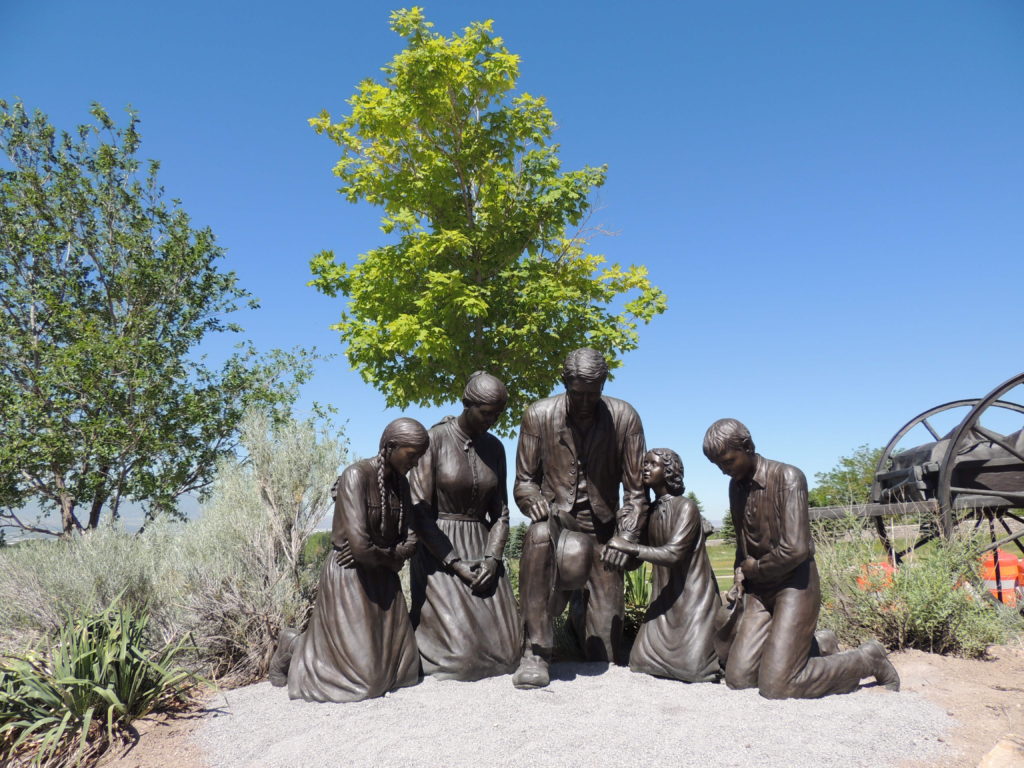
The Great Salt Lake
This is the largest saltwater lake in the Western Hemisphere, and the eighth-largest in the world. It covers an area of approximately 1,700 square miles. It is located 16 miles west of Salt Lake City – a 24-minute drive
The Great Salt Lake provides a habitat for millions of native birds, brine shrimp, shorebirds, and waterfowl.
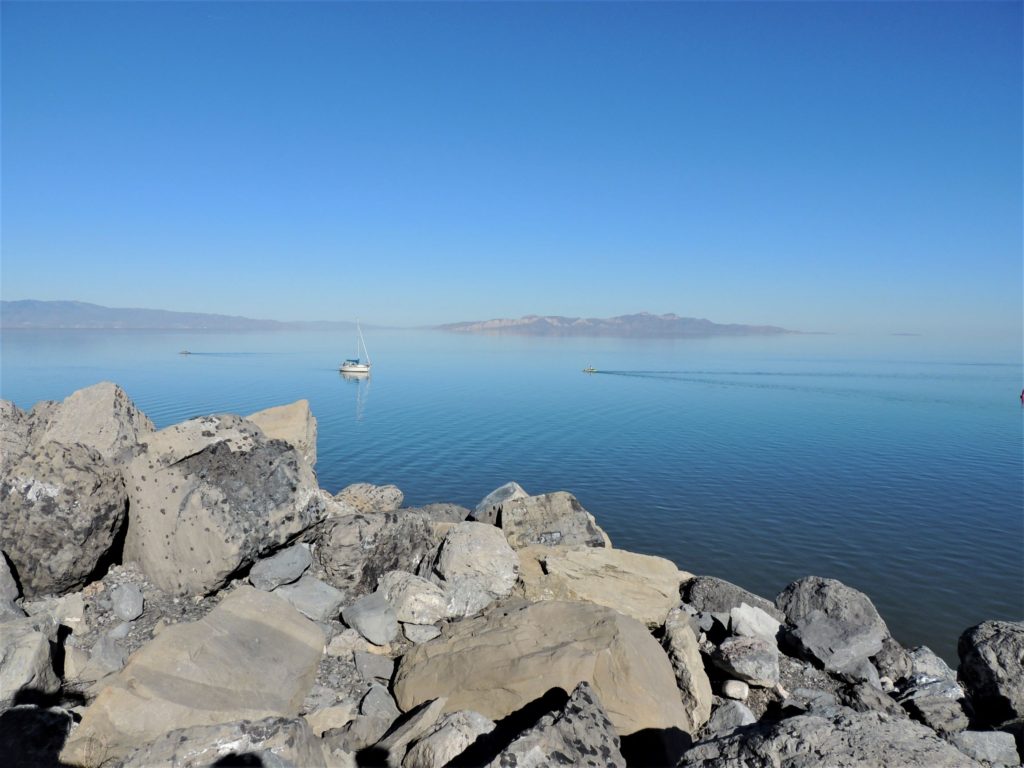
Because of its high salt concentration, the lake water is unusually dense, and most people can float more easily than in other body of water.
The high salinity in parts of the lake makes them uninhabitable for all but a few species. It seems that very few people from Utah have much desire to swim in the Salt Lake.
In the summer, the lake reeks of rotting brine shrimp carcasses. In the winter it just sits there, frigid, while everyone is preoccupied with the more enticing skiing nearby. Sketchy chemical plants and refineries appear to drain into the reservoir. Plus, it’s salty — five times saltier than the ocean.
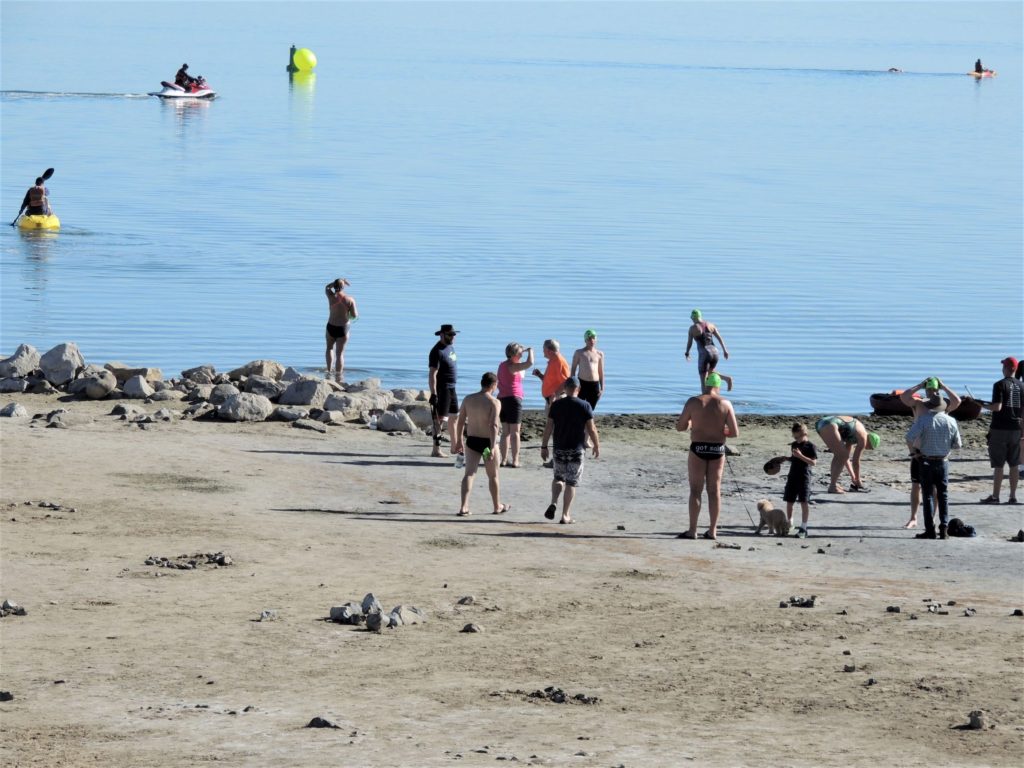
Great Salt Lake State Park
This recreation area provides boat slips, panoramic viewing areas of the lake and interpretive exhibits.
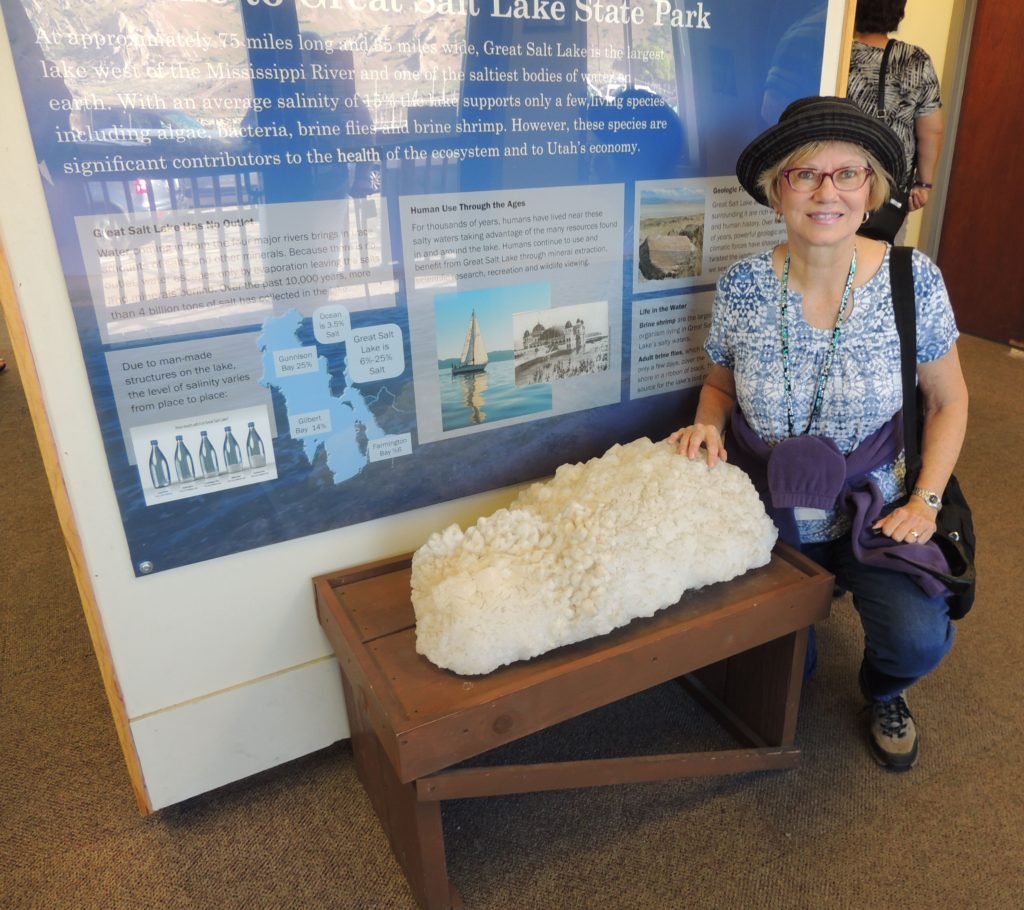
Summary
Salt Lake City, Temple Square and The Great Salt Lake were pleasant surprises creating memories I will never forget. The graciousness of the Temple volunteers left a lasting positive impression. I learned a lot and saw some beautiful sites. I highly recommend a visit.
https://www.pinterest.com/pin/378865387412265403/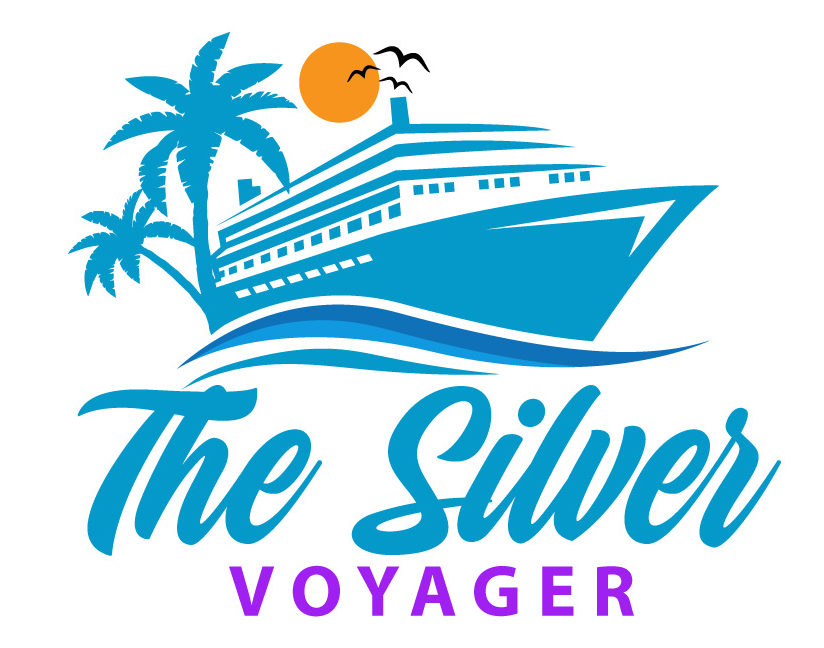
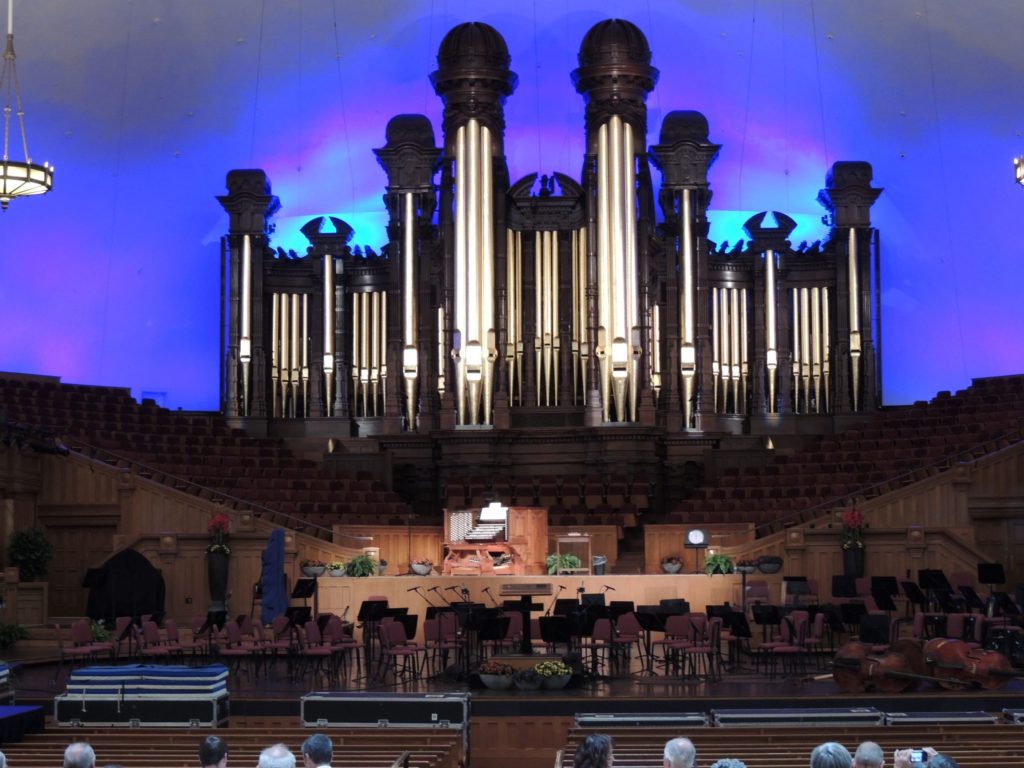
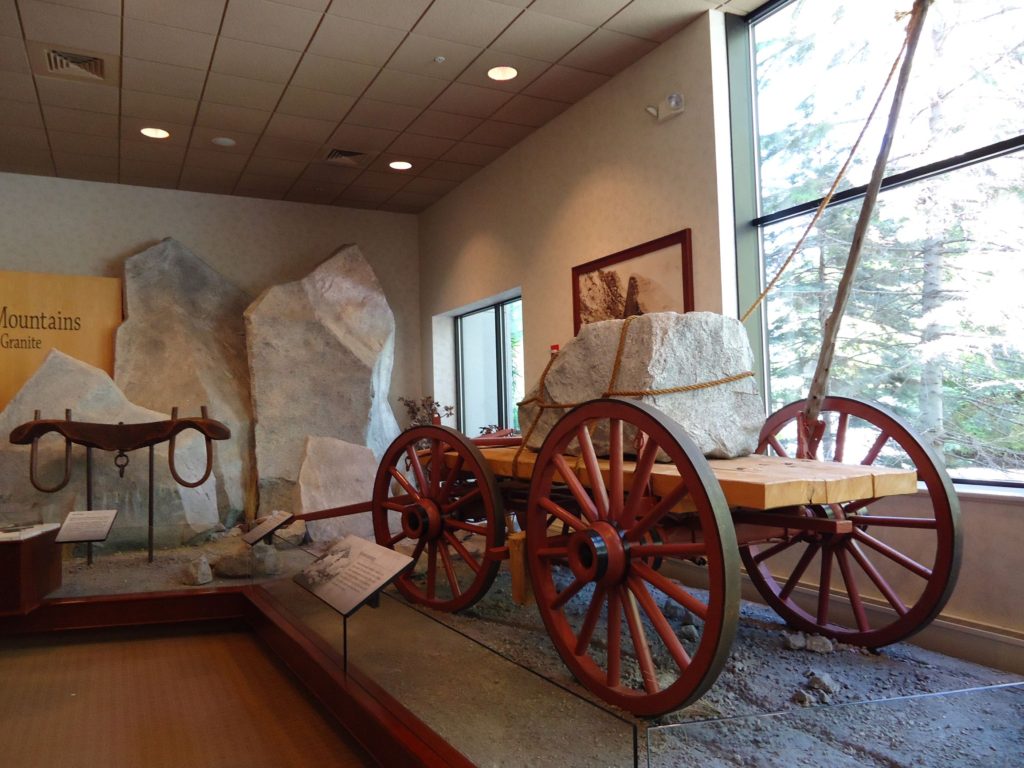
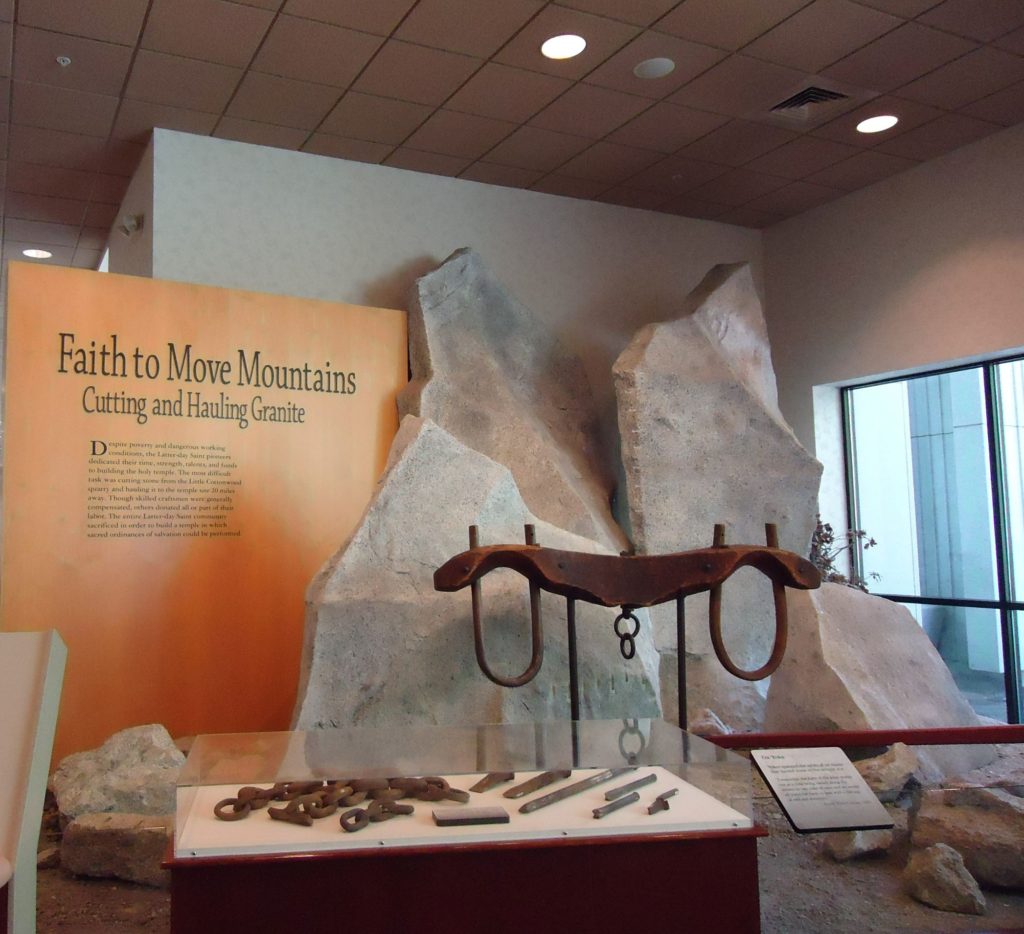
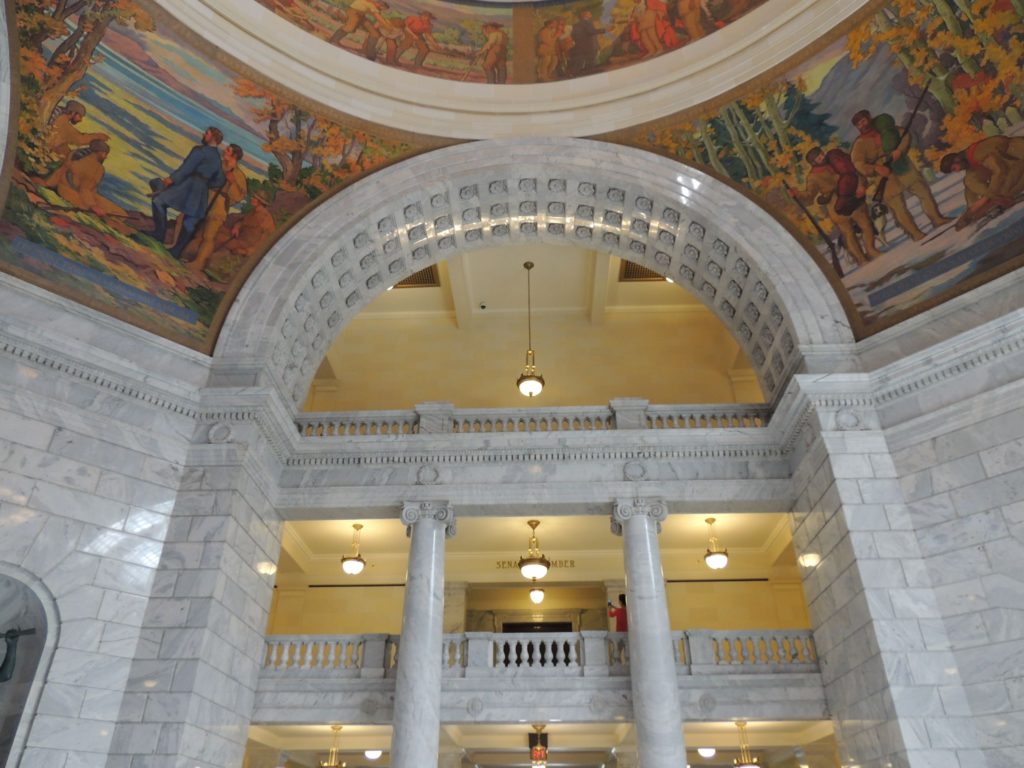

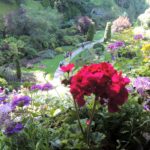
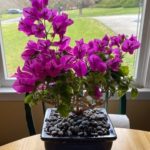
You’ve whet my appetite even more for visiting Utah. WOW, the temple looks amazing. I can’t believe the auditorium sits that many people.
I have never been in an auditorium that big!
So many amazing things to do. The rooftop garden is such a surprise! Definitely good to know what else is around Salt Lake City.
It was the largest and most beautiful rooftop garden I have ever seen. Don’t miss it!
Salt Lake City looks lovely, and there’s no harm in learning about other religions. It’s great that the Mormon volunteers left such a great impression on you. Will stop by on the way to the parks next time!
Not only was I impressed with the volunteers but I learned a lot by asking them questions.
I would just LOVE to go to Salt Lake City. I know Speed Skating is fairly popular there, and my boyfriend loves that sport. I hear the people there are super nice.
Interesting! I didn’t know about the speed skating.
Wow, I have never heard about this place. I would love to visit the Great Salt Lake one day 🙂
Hi–I saw the link to your travel blog on Facebook (age 70’s page) and had to tell you, I went to Salt Lake City and was able to hear the Giant Mormon Tabernacle Organ, and it is the most amazing sound I’ve ever heard, so beautiful and resonant. And I agree,all of the volunteers were lovely, very gracious and welcoming. For anyone interested in geneology, they also offer the largest collection of geneological material in the country and all of it is free to access!.
You have a wonderful blog, and I will be visiting it often.
Lucky you, getting to hear the Mormon Tabernacle Choir! I loved my visit to Salt Lake City and it sounds as though you did too. I am so glad you like my blog and will be returning to read more. Thanks!